Pick Your Fave SciFri Radio Stories!
Help us choose the top Science Friday radio stories from our archive to air as part of our 33rd anniversary celebration.
Thank you for helping us build our 33rd anniversary show—we really can’t do this work without your support! Voting ended on November 8, 2024.
Scroll to see the list of segments you chose from, and listen to our radio show on November 29th to hear the winning stories!
Actor Alex Sharp talks about playing a 15-year-old math whiz on the Autism spectrum in the hit Broadway play, “The Curious Incident of the Dog in the Night-Time.”
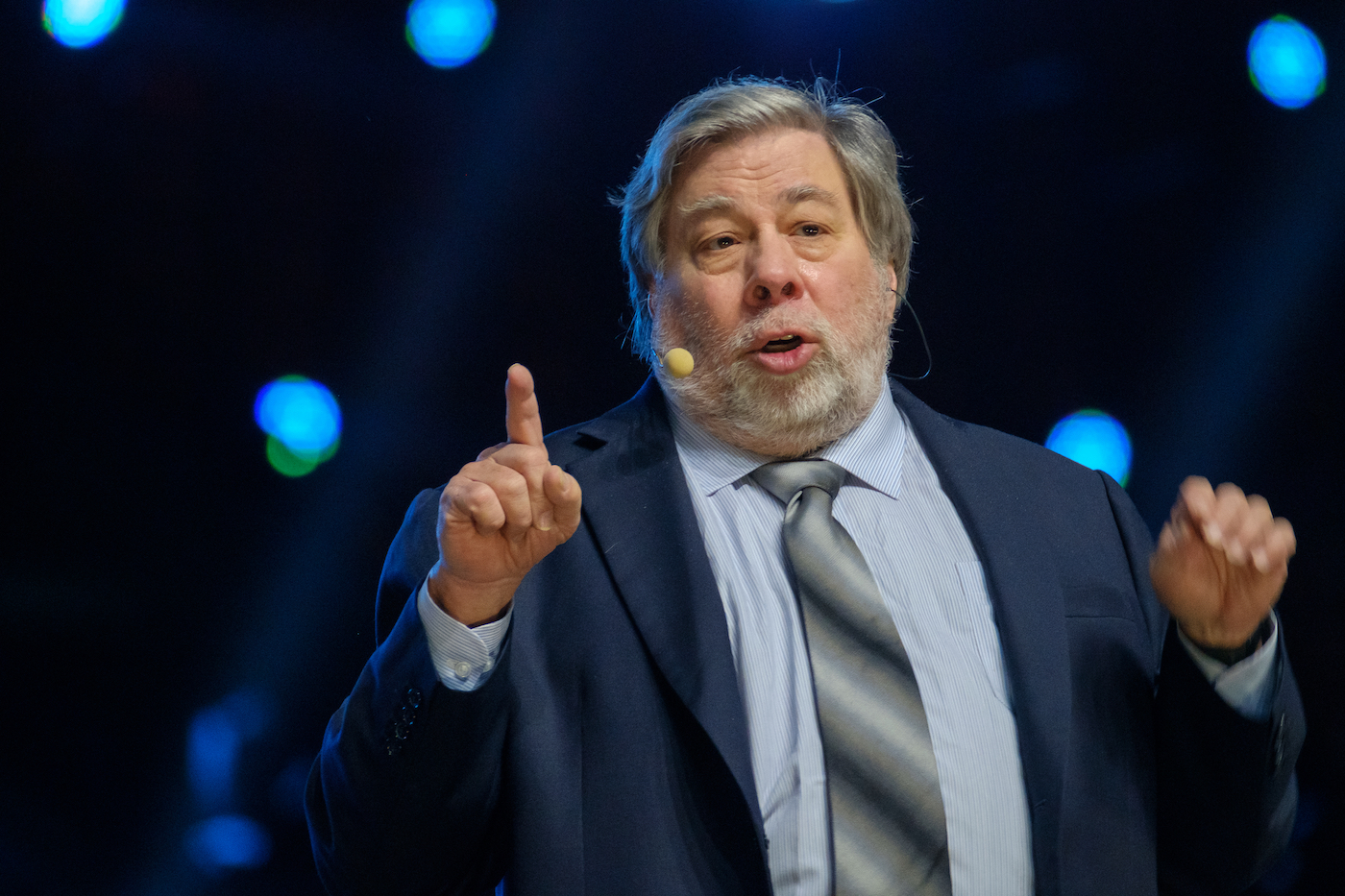 A Chat With Computing Pioneer Steve Wozniak, 2009
A Chat With Computing Pioneer Steve Wozniak, 2009The man who co-founded Apple Computer and helped start the personal computer revolution, Steve Wozniak, talks about hacks and pranks, the early days at Apple, and the present and future of technology.
Nobel laureate Carolyn Bertozzi talks about her groundbreaking research and how it might be applied to advanced drug delivery.
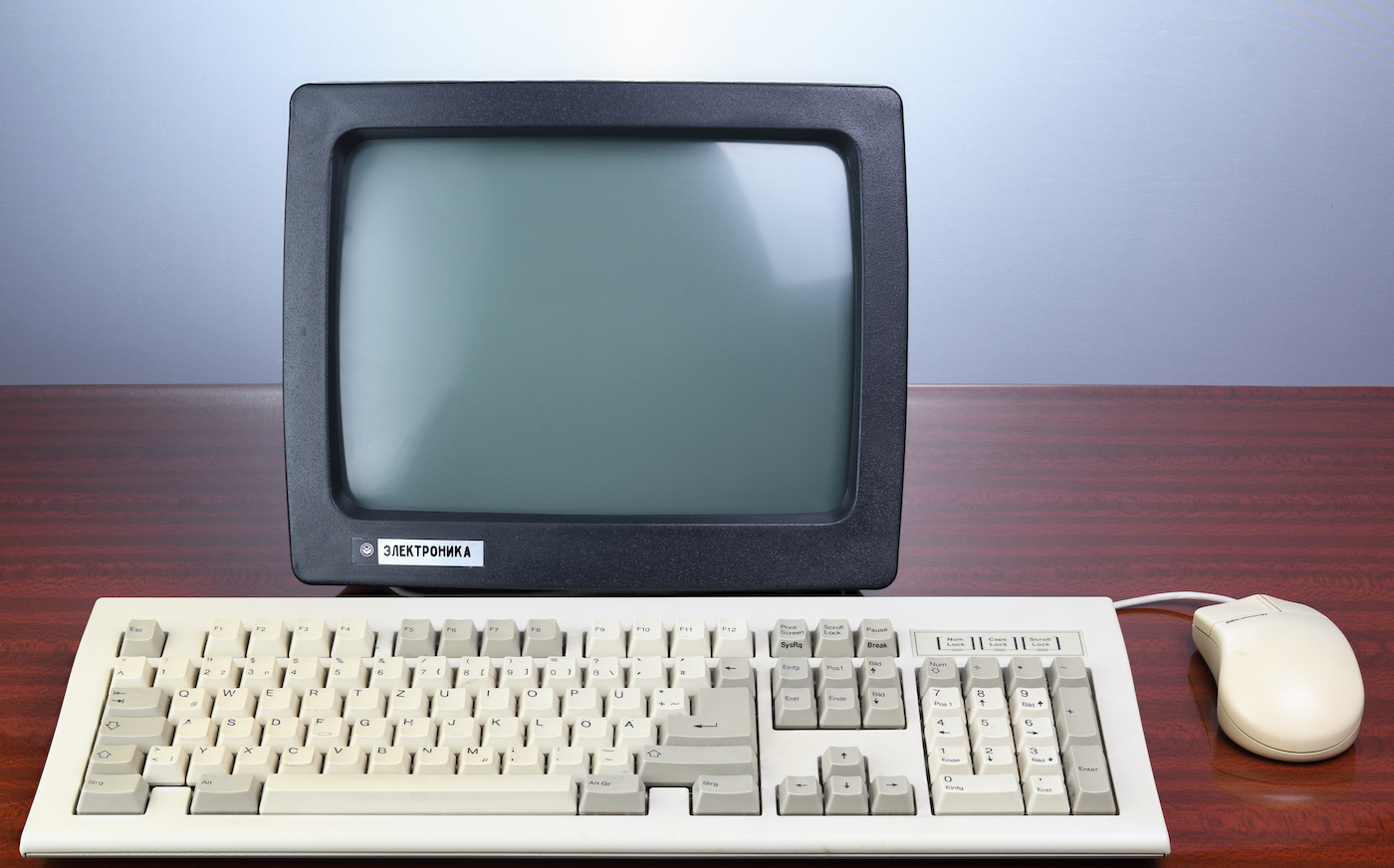 A Trip Back To The Future of The Internet, 2010
A Trip Back To The Future of The Internet, 2010Science Friday made history in 1993, when it became the first national radio show to be broadcast live over the Internet. Traffic on the ‘net slowed that day, as listeners from around the world logged on to try to talk to Ira Flatow and guests Brewster Kahle and Carl Malamud.
Alan Alda discusses how science informs his perspective on the diagnosis and view of the future.
In this conversation from 2010, Nobel Prize-winning chemist Dudley Herschbach and Ben Franklin biographer Philip Dray discuss the achievements of the statesman-scientist.
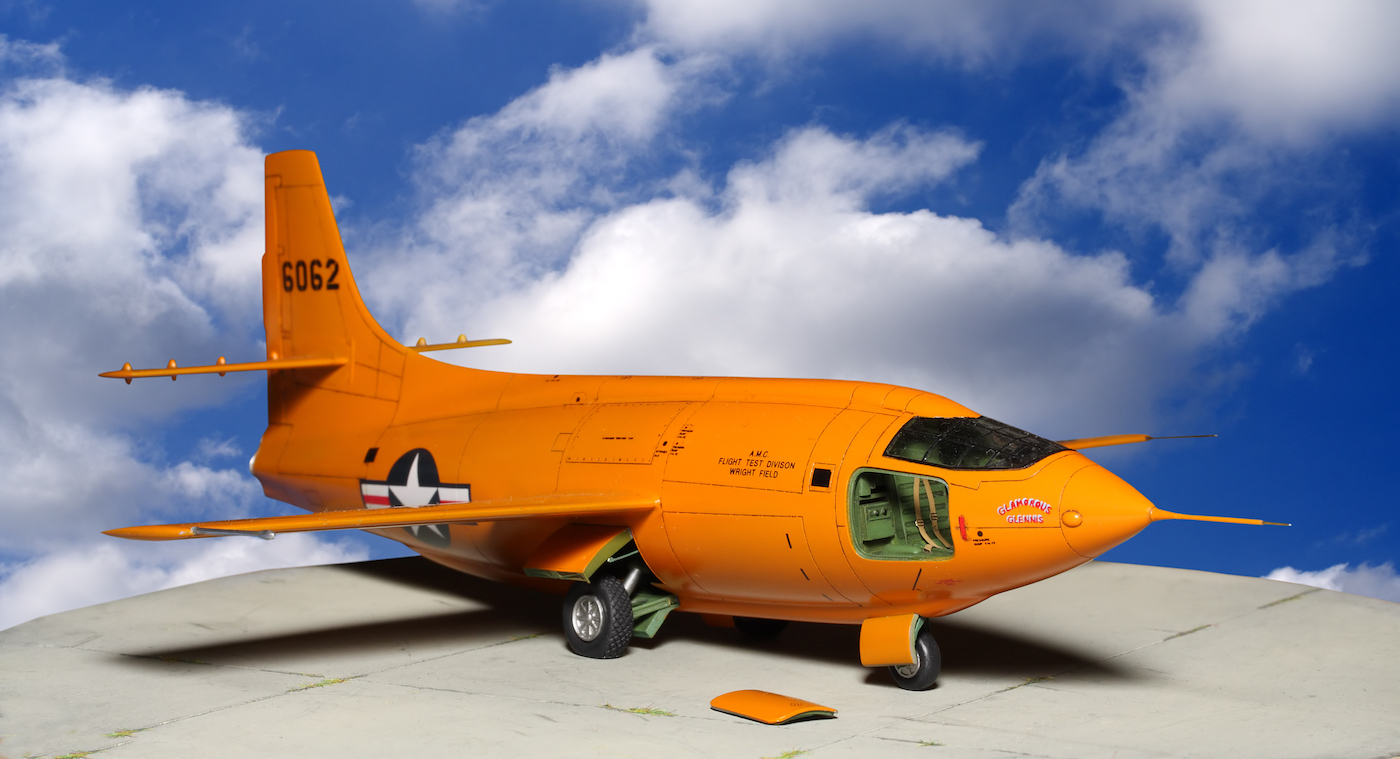 Experimental Flight Research With Chuck Yeager, 1996
Experimental Flight Research With Chuck Yeager, 1996Fifty years before the month of this program’s broadcast, the Bell X-1 aircraft flew it’s first glide test over Muroc, California. The following year, Chuck Yeager broke the sound barrier in the X-1. In this hour of Science Friday, we’ll look back at Yeager’s feat, the half-century of flight research that followed, and the aircraft of the future.
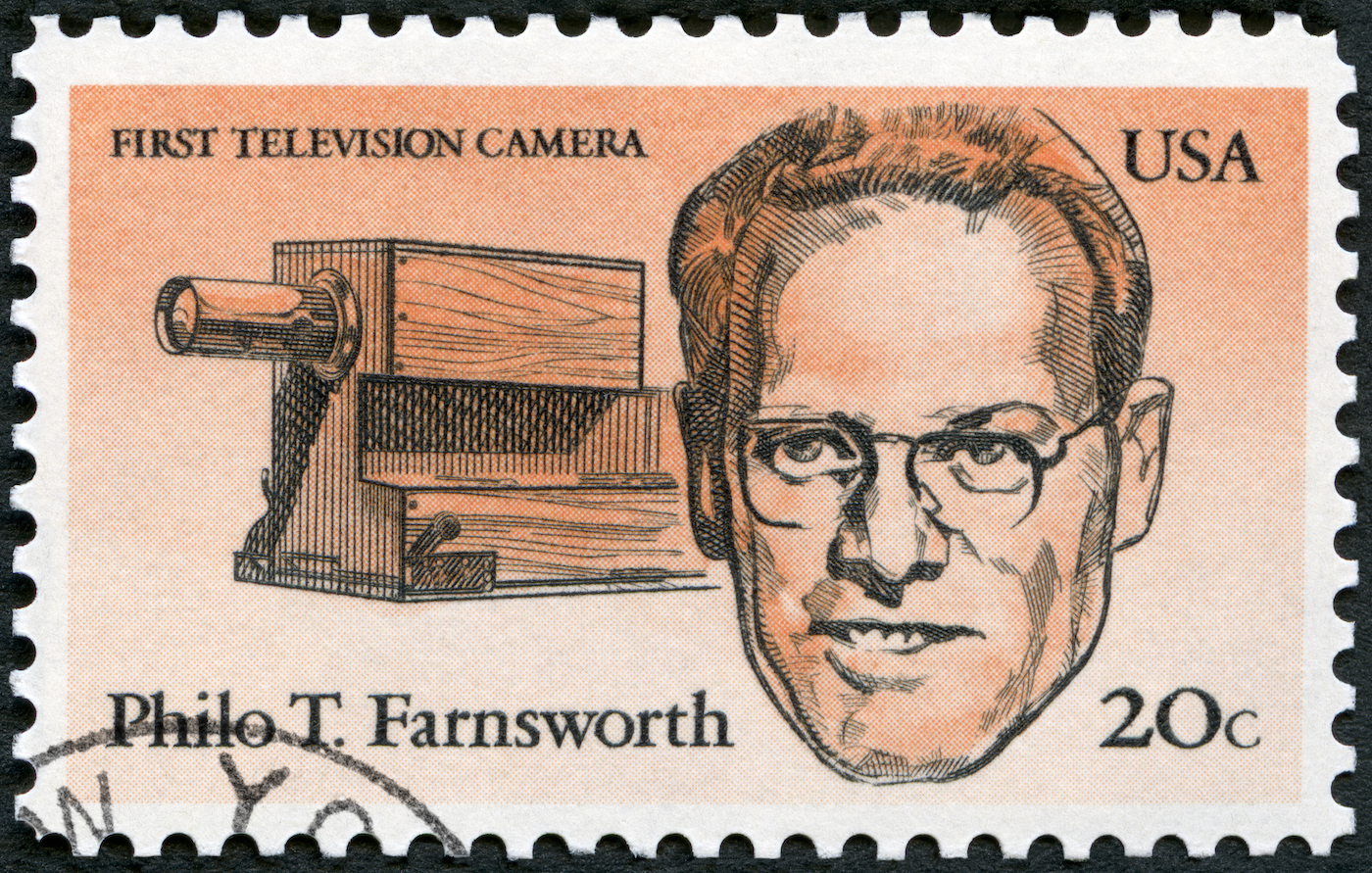 ‘Farnsworth Invention’ Recounts Origins of TV, 2008
‘Farnsworth Invention’ Recounts Origins of TV, 2008If you ask people who invented many great technological achievements, sometimes there’s really no easy answer. A play on Broadway, “The Farnsworth Invention,” about the invention of the television tries to turn some of that conflict and confusion into drama.
To doctors, valley fever is a medical mystery. And now, the fungal disease is spreading northeast, thanks to climate change.
Deep-sea voyager Robert Ballard has discovered everything from 10-foot-tall tube worms to the Titanic on his ocean expeditions around the world. Ballard discusses his underwater finds and how new robotic technology allows scientists to explore the sea from ashore.
The film director James Cameron had just completed a dive to the deepest point on Earth.
World-renowned heart surgeon Michael DeBakey was the first to perform a coronary artery bypass surgery, and he was one of the first to perform a human heart transplant.
From land-mine sniffing rats to to the mice in your backyard, biologist Danielle Lee is asking big questions about how ecology shapes behavior.
Four decades of scientific studies suggest the food additive MSG may not deserve its toxic reputation.
Ira spoke with Goodall in 2002, after she had published her book The Ten Trusts: What We Must Do to Care for the Animals, and an IMAX film about her work with chimpanzees had just been released.
How do astronauts take a bath in space? What happens to their sense of smell in a weightless environment? Two NASA astronauts aboard the International Space Station discuss the challenges of life in low Earth orbit and how their research is a stepping stone for future space exploration.
In this archival interview, the award-winning author calls the novel a form of “speculative fiction.”
Mucus gets a bad rap for its “ick” factor, but this slimy substance supports all kinds of life on our planet.
In his book, neurologist Oliver Sacks explores the strange world of hallucinations, and documents his own experiments with psychedelic drugs.
Poet Jane Hirshfield takes on crises both biological and human in her new book, Ledger.
Professor Erno Rubik’s iconic puzzle, a simple, yet complex multicolored cube, took the world by storm in the 1980s and sold millions of copies.
How the lost constellations of Indigenous North Americans can connect culture and science, and inspire the next generation of scientists.
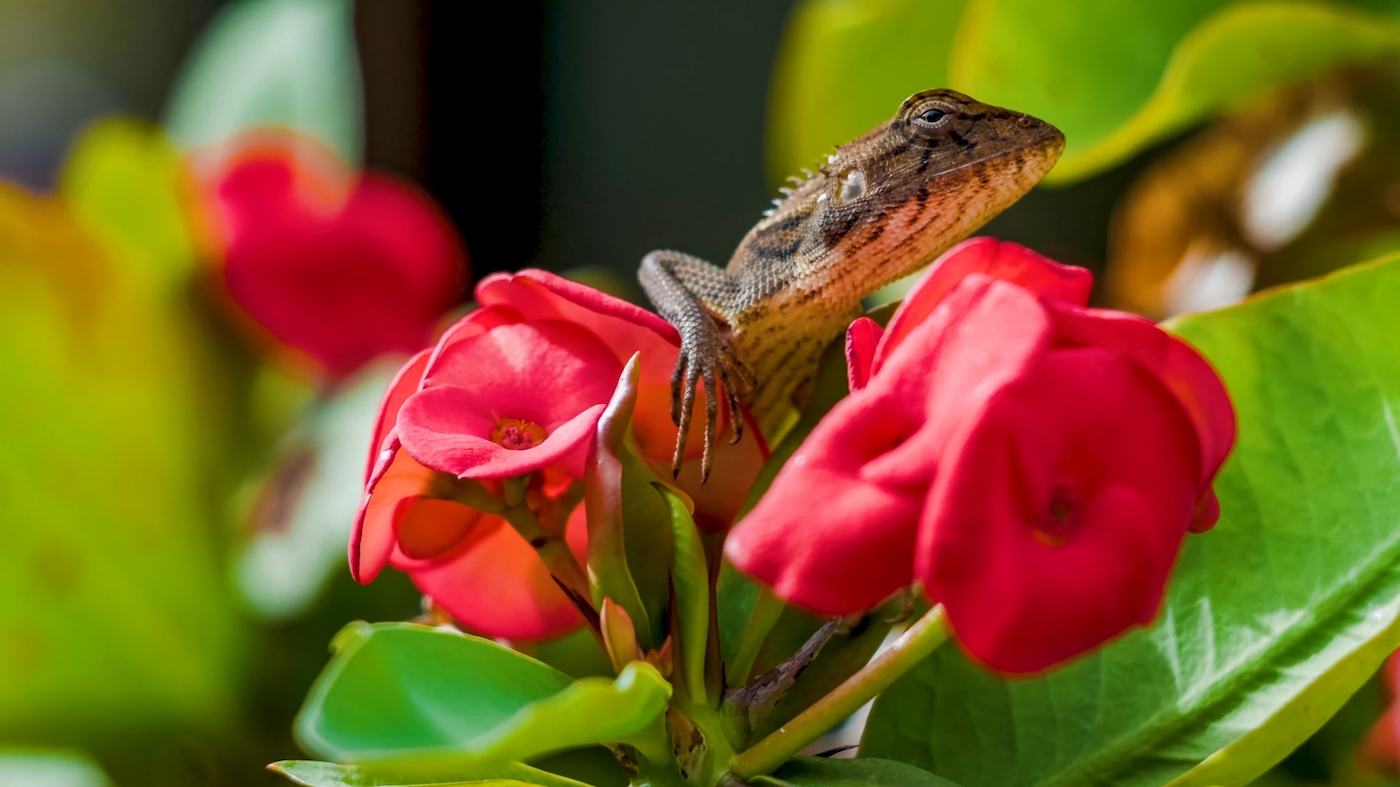 Rossellini’s ‘Seduce Me’ Looks At Animal Courtship, 2010
Rossellini’s ‘Seduce Me’ Looks At Animal Courtship, 2010Actress and model Isabella Rossellini’s video series, “Seduce Me,” investigates the strange and fascinating mating behaviors of animals. Rossellini plays a diverse cast of characters from the animal kingdom—from hermaphroditic earthworms to swinging deer to asexual lizards.
A decade ago, Science Friday helped build—and abandoned—our Second Life community. What happened next?
Primatologist Frans de Waal explores the origins of morality in The Bonobo and the Atheist.
Oceanographer Sylvia Earle bears witness to troubling changes in our oceans in the documentary “Mission Blue.”
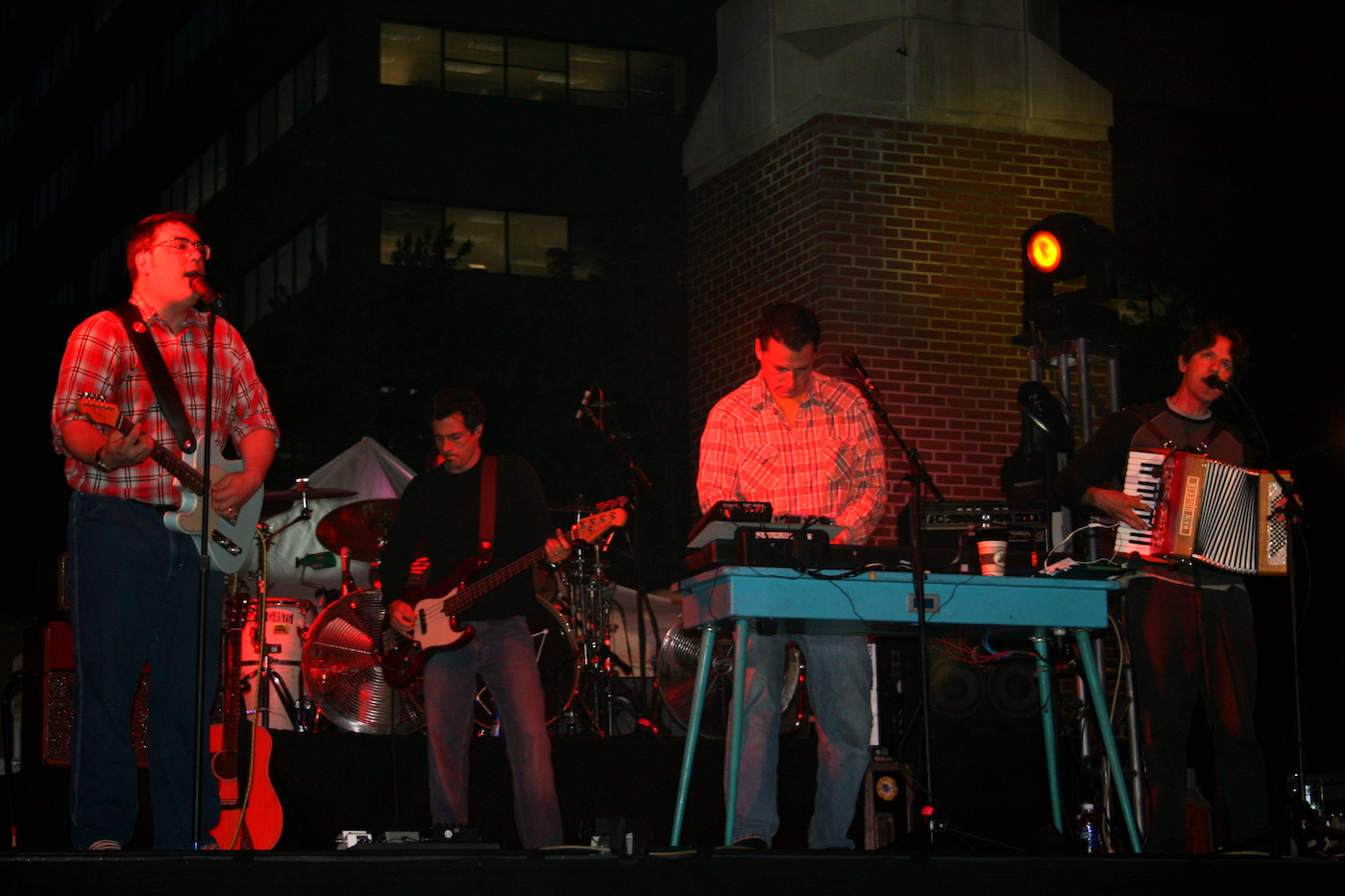 They Might Be Giants Sings About Science, 2009
They Might Be Giants Sings About Science, 2009In Here Comes Science, the band They Might Be Giants tackles the scientific process, plasma physics, the role of blood in the body and the importance of DNA, all in song.
The Dwarf Tomato Project has generated over 150 tomato new tomato varieties, crossbred between heirloom and dwarf species.
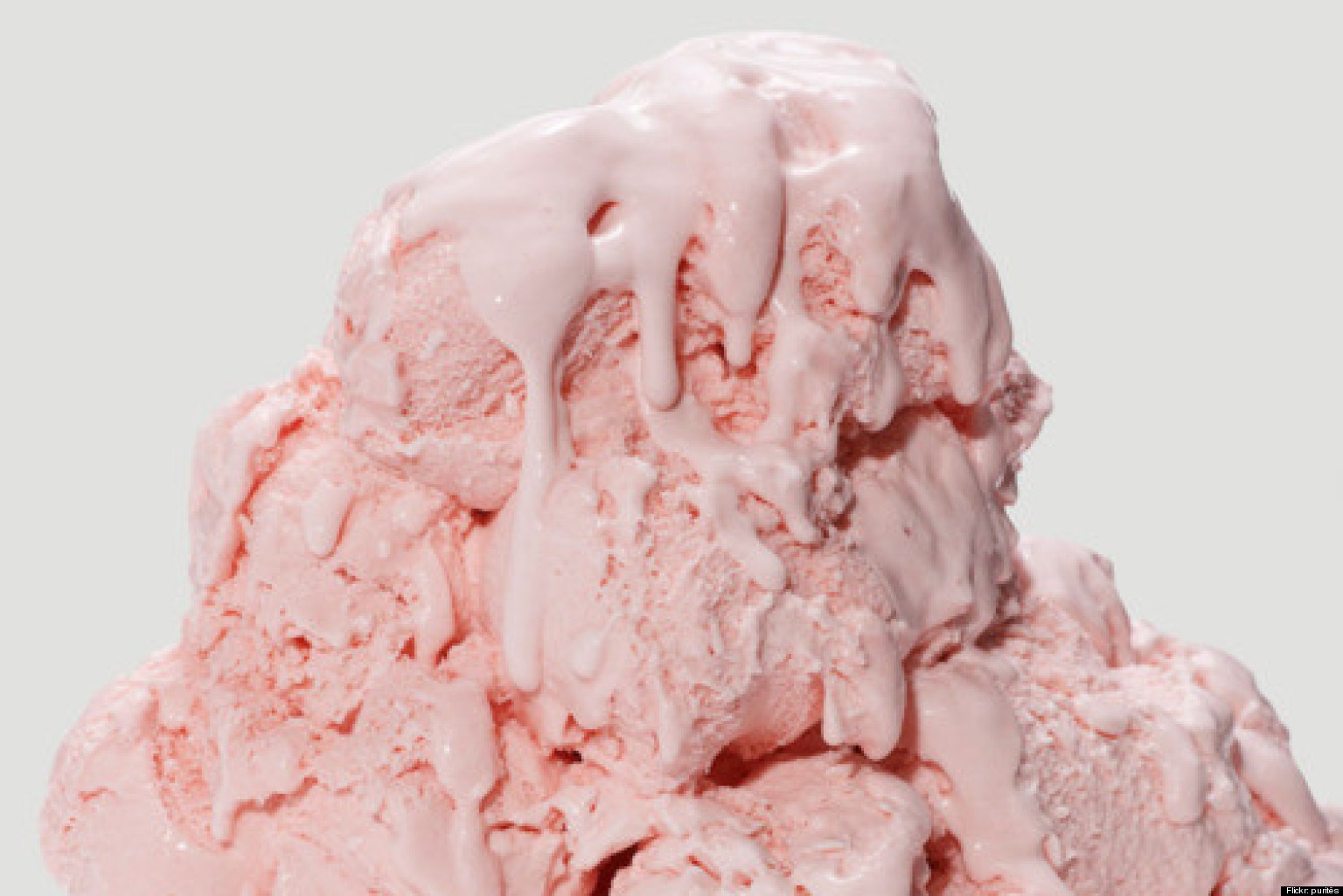 Total Meltdown: The Rate Of Ice Cream Collapse, 2015
Total Meltdown: The Rate Of Ice Cream Collapse, 2015A food scientist explores how the microstructure of ice cream controls the rate at which it melts.
Carl Sagan and Ann Druyan talk about their book Shadows of Forgotten Ancestors: A Search for Who We Are.
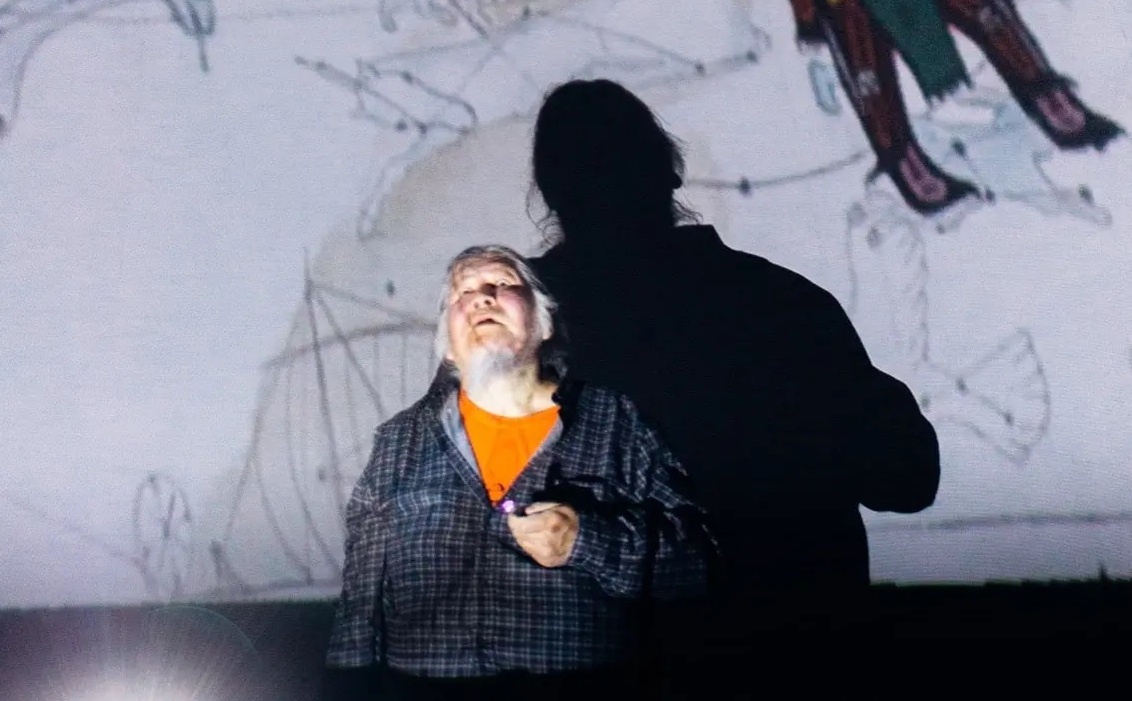
Indigenous peoples have been observing the world for thousands of years. Why are they still underrepresented in science?
How fossil records are helping scientists paint a picture of what happened shortly after a massive asteroid hit Earth.
Author and New Yorker writer John McPhee explains his reporting process, and what he learned reporting his saga on North American geology.
Ira Flatow is the founder and host of Science Friday. His green thumb has revived many an office plant at death’s door.